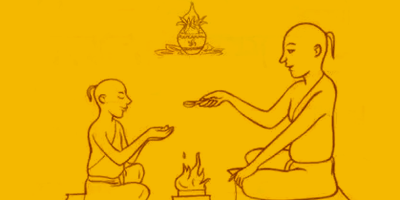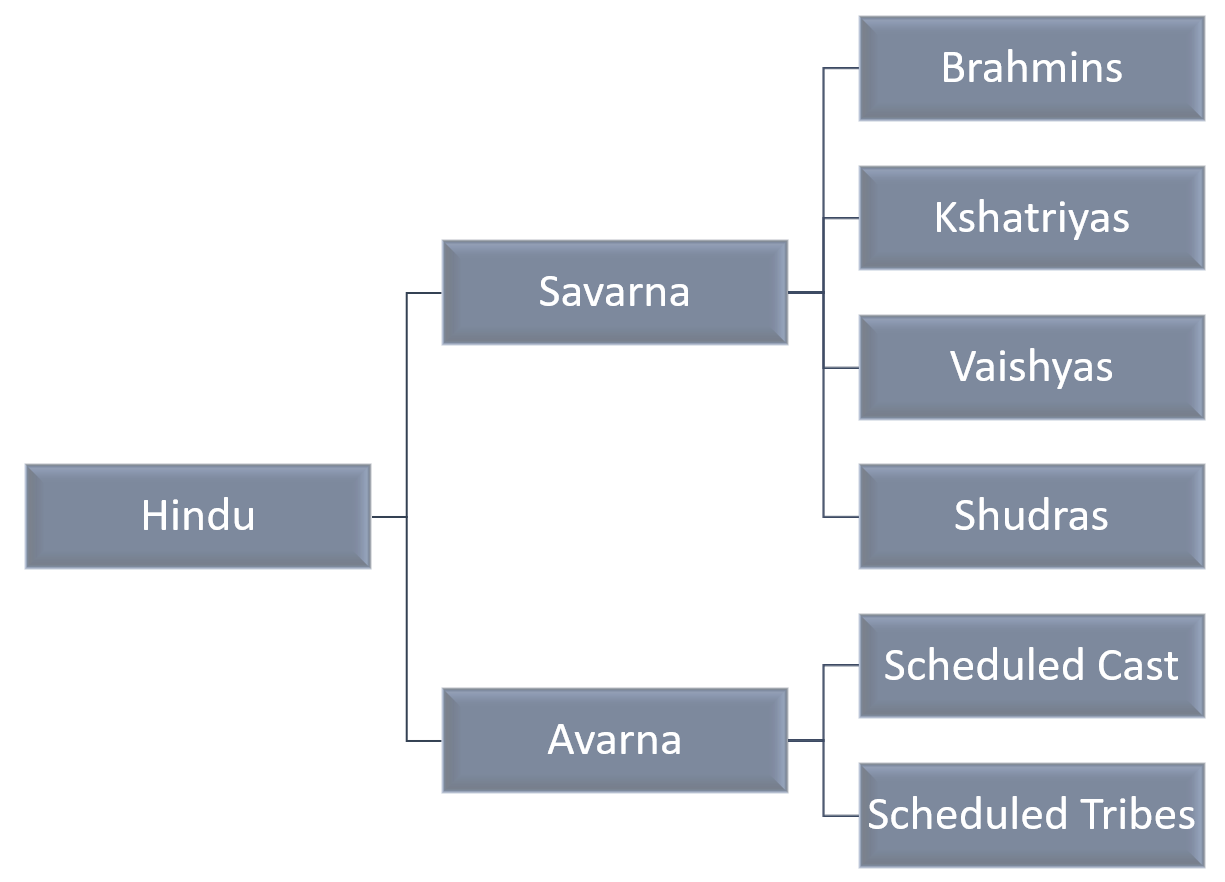The Dharmashastra
The Dharmashastra is the text that refers to the dharma, it is based on the Vedas and Purans. There are many Dharmashashtras though there are many conflicting points of view, each of these texts has many versions. The texts include discussion of ashrama (stages of life), varna (social classes), purushartha (proper goals of life), personal virtues and duties such as ahimsa (non-violence) against all living beings, rules of just war, and other topics. The Dharmashastra emerged from the Vedas , there are 4 Vedas (Rig, Yajur, Sāma, and Atharva) each Veda has further divided into two categories namely the Saṃhitā which is a collection of mantra verses and the Brahmanas which are prose texts that explain the meaning of the Samhita verses. The Brāhmaṇa layer expanded, some of the newer esoteric speculative text layers were called Aranyakas while the mystical and philosophical sections came to be called the Upanishads . The Vedic basis of Dharma literature is found in ...


